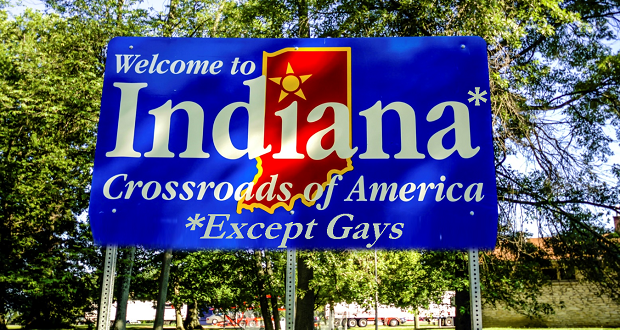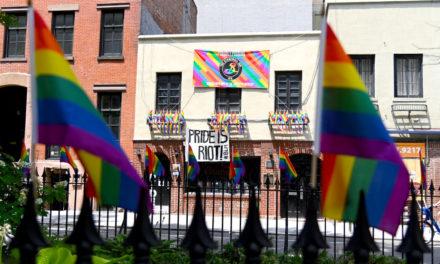
What does it take to build truly sustainable diversity and inclusion initiatives in our organizations? Companies spend an immense amount of time and resources on DEI, yet often do not see marked improvements. What is getting in the way?
Turns out, it’s us.
In many ways, we as human beings are not hard wired for inclusive behaviors. Our instinct is to seek safety, stability, and similarity. Diversity and inclusion initiatives shake things up, asking people to challenge their beliefs, recognize their biases, and make themselves vulnerable to one another. When people perceive diversity and inclusion efforts as an inherent threat to their status, ability to succeed, or beliefs, they instinctively become defensive and disengaged.
As mobility and technology have given us more opportunities to be exposed to diversity, ironically, we are less engaged and empathetic. We have become more entrenched in our own views and gravitate toward those who think and believe and behave the same way we do. In doing so, we convince ourselves and one another that not only are we right, but we are righteous. And not only is the other side wrong, they are incompetent and immoral.
For diversity and inclusion to evolve, we need to equip people with a deeper level of empathy, vulnerability and discomfort. In addition to diversity and inclusion, we need to practice expansion.
For diversity and inclusion to evolve, we need to equip people with a deeper level of empathy, vulnerability and discomfort. In addition to diversity and inclusion, we need to practice expansion. Share on XI define expansion as building community across the chasm of our differences. Expansion requires us to broaden our sights beyond the comfortable social networks in which we typically reside. It means not just accepting but actually seeking out new voices, divergent ways of thinking, and pushing ourselves to constantly challenge our own ideologies and beliefs.
It means not just accepting but actually seeking out new voices, divergent ways of thinking, and pushing ourselves to constantly challenge our own ideologies and beliefs. Share on XIn my work facilitating dialogues on diversity, equity, and inclusion with a variety of groups, I challenge participants to assess their own social networks and identify gaps in the diversity they surround themselves with. The results have been eye opening for many.
Try it yourself. Here’s a little experiment for you:
- Identify 5-10 people in your close-knit social circle. These are the people you spend time with, seek information from, and trust the most in terms of their knowledge and views.
- What identity dimensions do they share? (e.g., race, gender, sexual orientation, gender identity, religion, geographic location, economic status, academic and professional backgrounds, political ideology).
- What diversity “gaps” do you see in your social circle?
- Where might you need to expand your reach beyond your own “us” comfort zone and seek out divergent (and opposing) experiences and perspectives?
In doing this activity, I have had participants say to me:
- “On the surface I have a very diverse network, but I realized nobody in my circle owns a gun.”
- “I realized all the people in my close-knit circle have advanced degrees.”
- “I need to seek out people from outside my faith community.”
Expanding beyond our “us” group requires three key practices: embracing multiple realities, perspective taking, and practicing emotional ownership.
- Embracing multiple realities: One’s perception of the “truth” is based on that person’s lived experiences. Embracing multiple realities requires us to accept that we’re each looking at an issue through the lens of our own identities, values, and beliefs.
- Perspective taking: We are all very familiar with our own stories of hardship and pain, and sometimes become engulfed in the desire to “one up” each other in our experiences of being in the “one down” position. Perspective taking requires us to listen with curiosity and compassion to the experiences of others and suspend our own judgments or “what about…” arguments.
- Emotional ownership: Our conflicts around identity carry powerful emotions—of pride, anger, fear, grief. Expansion requires us to be able to recognize and validate the emotions we and others bring and to create space in our dialogues to share emotions.
Expansion is more than merely a call for civility, or a yearning for some false narrative of the “good old days” when everyone got along. Cultural conflict and inequality have existed for centuries and continue to corrode civilization. Expansion is a proposal that requires each of us to find that point beyond our comfort zone, where we must walk out into the awkwardness of the unknown, to make ourselves vulnerable to others by acknowledging we are all in this together.



















